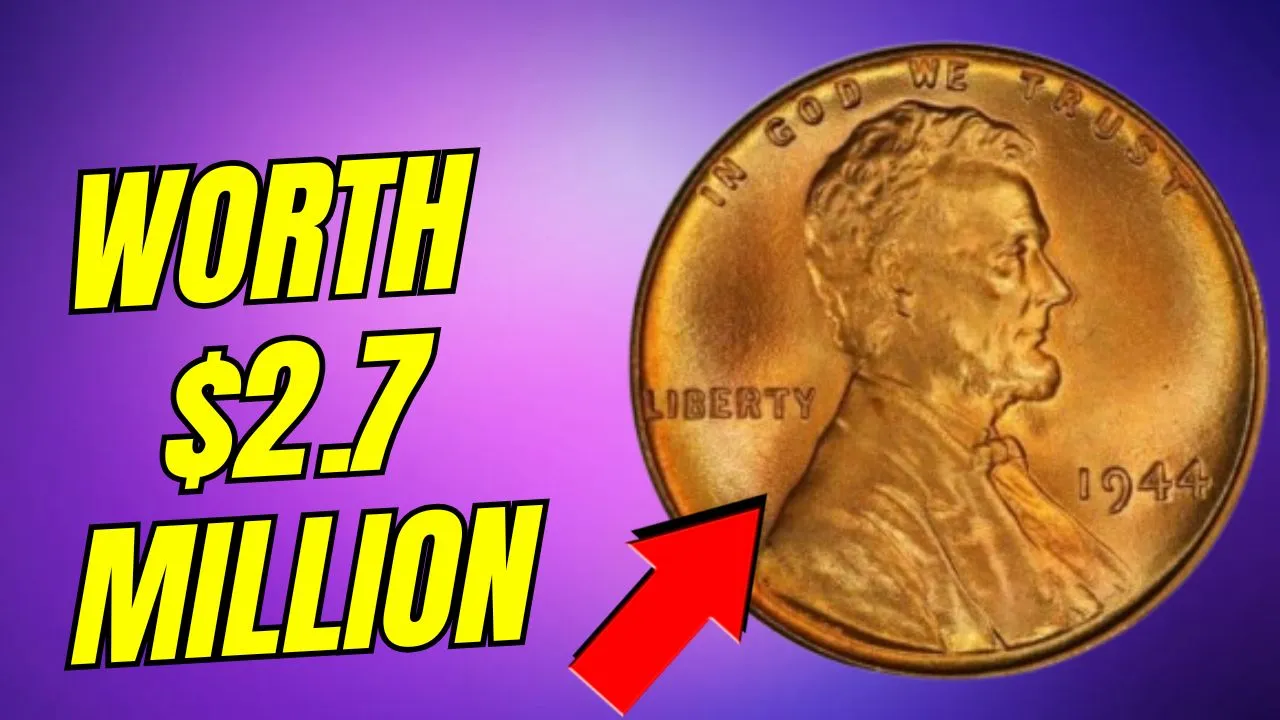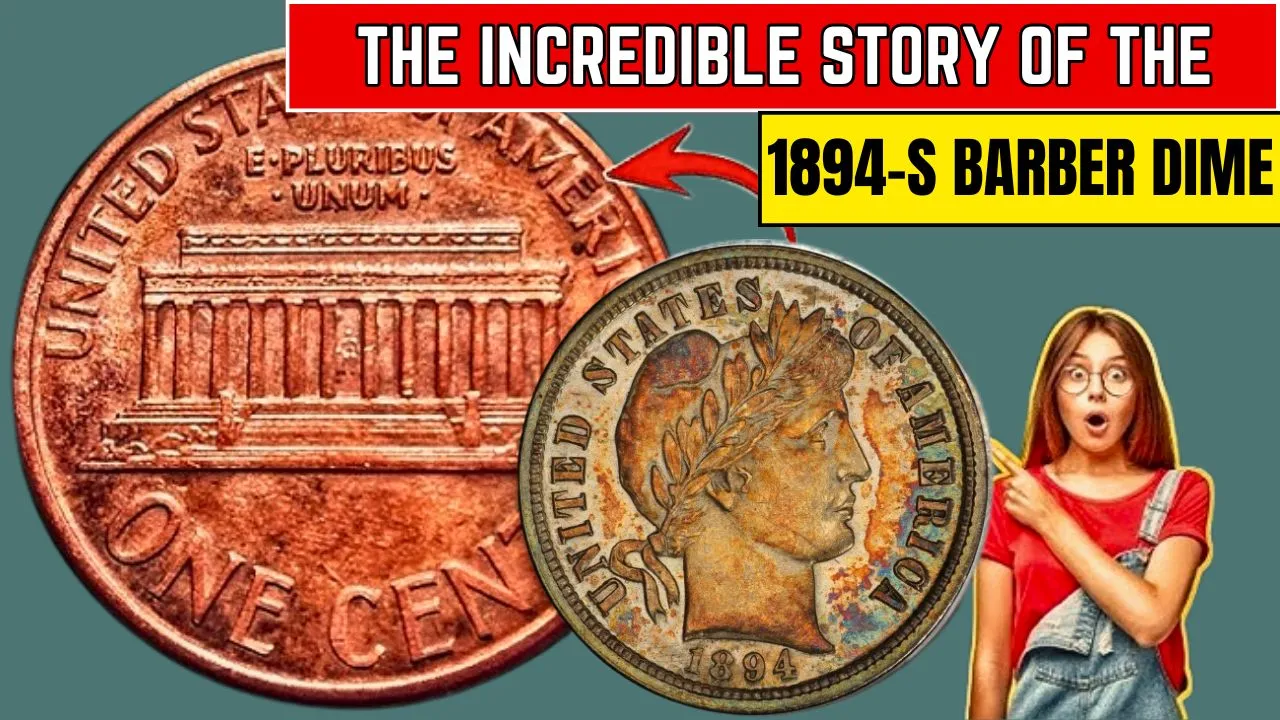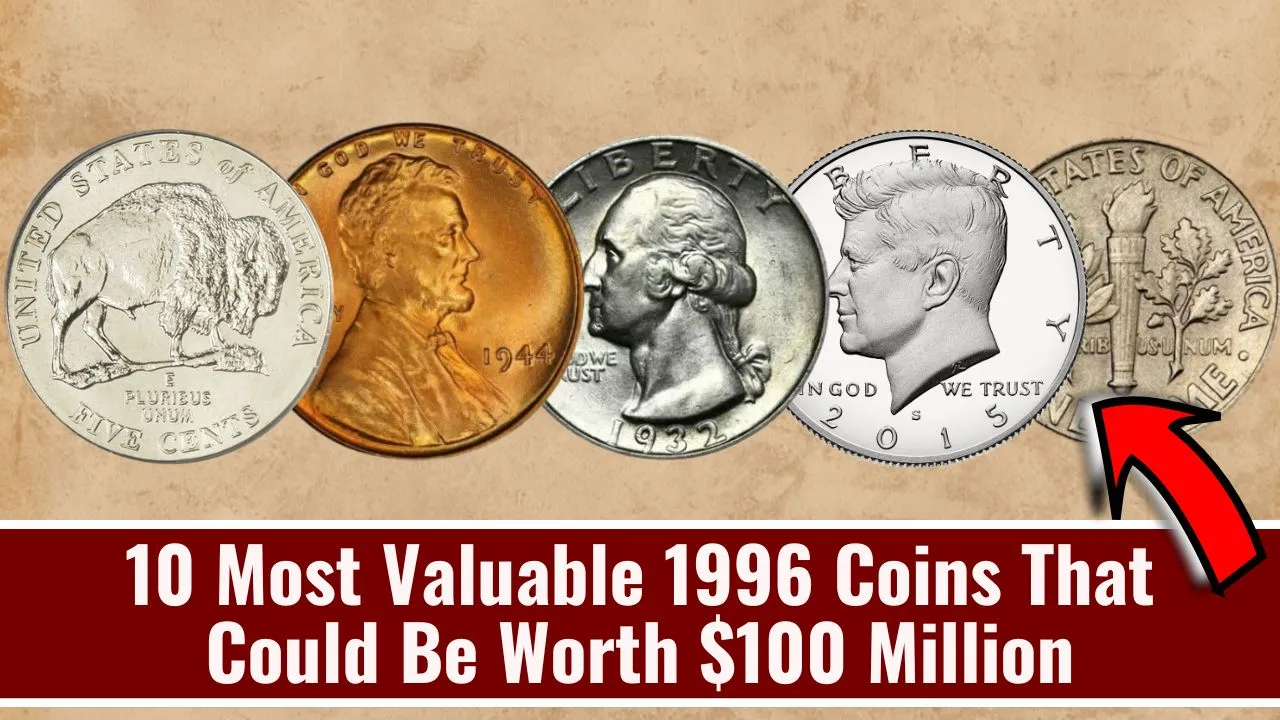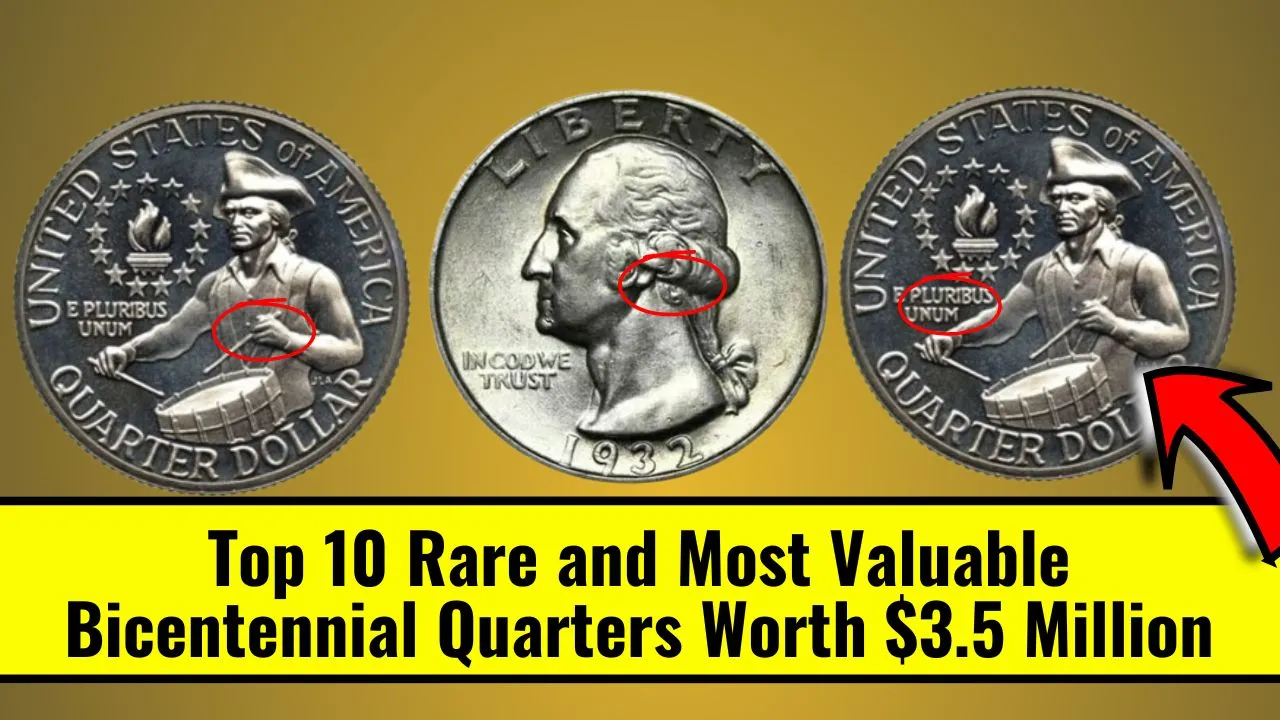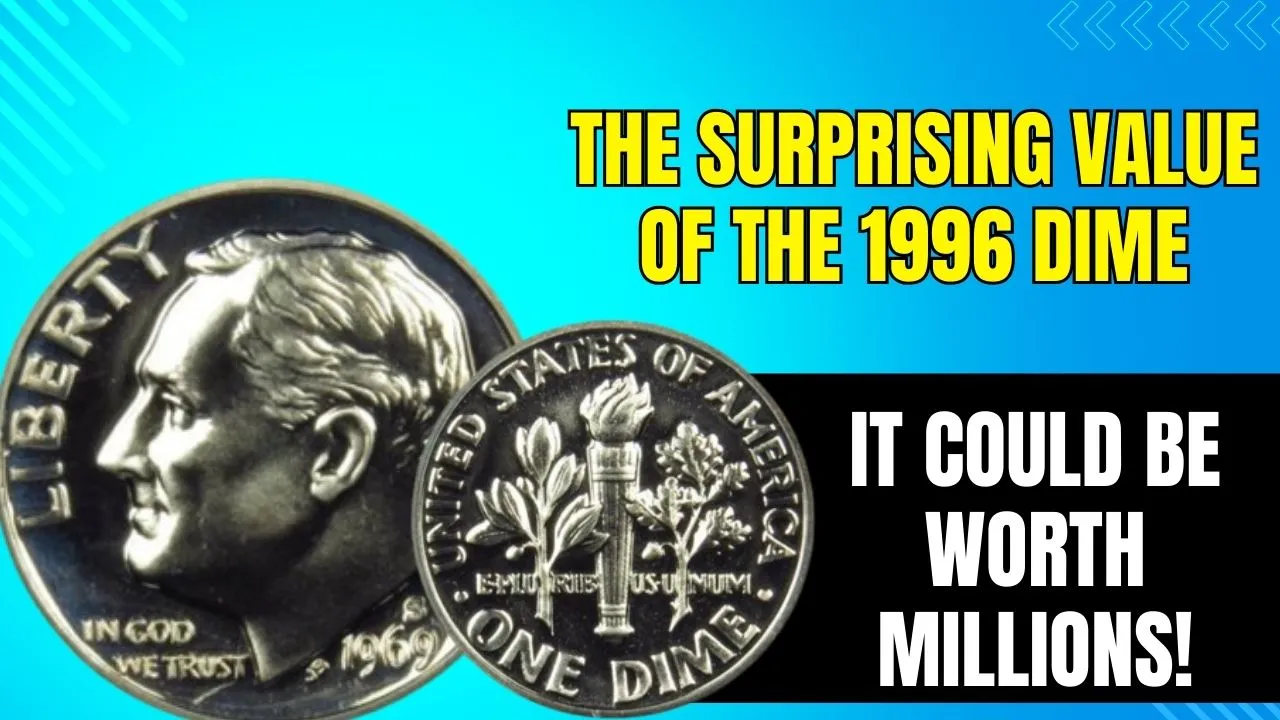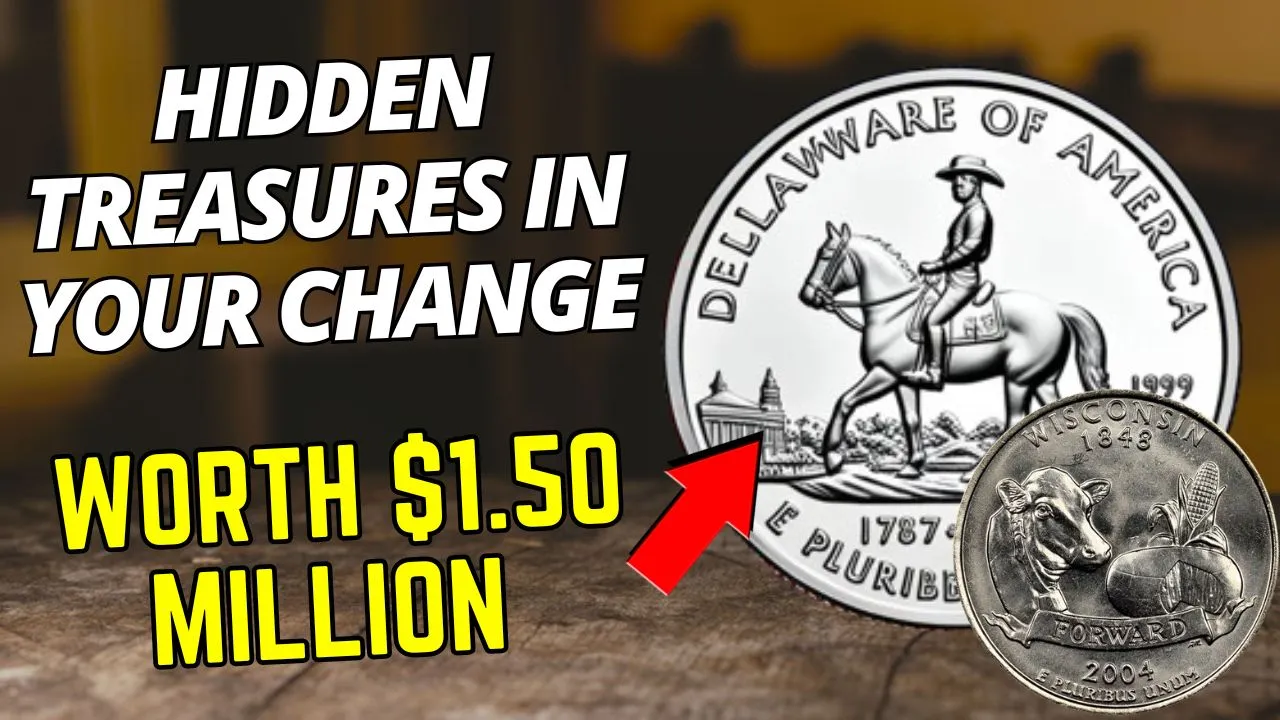The Lincoln Wheat Penny Valued at $2.7 Million: Coins are often overlooked in the hustle and bustle of daily life, but for collectors, some coins are worth a second glance—especially when they’re valued at $2.7 million. The Lincoln Wheat Penny, first minted in 1909, is more than just spare change. A rare version of this iconic coin, minted in 1943 with a copper alloy, has become one of the most coveted collectibles in the numismatic world.
What makes this penny so extraordinary? Is it possible to find one in your pocket or an old jar of coins? In this article, we’ll delve into the story of the Lincoln Wheat Penny, explore the unique circumstances that gave rise to its incredible value, and share tips on how to identify this rare gem.
Quick Facts About the Lincoln Wheat Penny
| Category | Details |
| First Minted | 1909 |
| Designer | Victor David Brenner |
| Minting Years | 1909–1958 |
| Rare Version | 1943 copper-alloy penny |
| Current Value | Up to $2.7 million |
| Notable Features | Lincoln’s profile on the front, wheat stalks on the back |
A Brief History of the Lincoln Wheat Penny
The Lincoln Wheat Penny was introduced in 1909 to honor the 100th birthday of President Abraham Lincoln. It marked a significant departure from traditional coin designs, as it was the first U.S. coin to feature a real person’s image.
The coin’s design, created by sculptor Victor David Brenner, includes Lincoln’s profile on the front alongside the words “In God We Trust” and “Liberty.” The reverse side features two wheat stalks framing the words “One Cent” and “United States of America,” symbolizing the nation’s agricultural heritage. The coin was minted until 1958, when it was replaced by the Lincoln Memorial design.
What Makes the 1943 Lincoln Wheat Penny Special?
- Accidental Rarity
The 1943 Lincoln Wheat Penny owes its value to a mistake. During World War II, the U.S. Mint replaced copper with zinc-coated steel for pennies to conserve copper for military supplies. However, a small batch of pennies was accidentally struck using copper blanks, making these coins incredibly rare. - Historical Context
This coin represents a unique moment in American history when the nation’s resources were redirected for the war effort. Its accidental production during this critical time adds to its allure. - Condition Matters
The condition of a coin greatly influences its value. The $2.7 million 1943 copper penny that sold at auction was in near-perfect condition, further enhancing its appeal to collectors.
How to Identify a Rare 1943 Lincoln Wheat Penny
Spotting a rare Lincoln Wheat Penny requires attention to detail. Here’s a guide to help you identify the 1943 copper penny:
- Check the Year
- Most 1943 pennies are made of steel and have a silver appearance.
- If you find a 1943 penny that looks copper, it could be valuable.
- Perform the Magnet Test
- Steel pennies will stick to a magnet; copper pennies will not.
- This quick test can help determine if your coin is made of copper.
- Inspect the Mint Mark
- Mint marks are located below the date and indicate the mint where the coin was produced:
- No mint mark: Philadelphia
- “D”: Denver
- “S”: San Francisco
- Mint marks are located below the date and indicate the mint where the coin was produced:
- Look for Errors
- Unique features like double stamping, off-center designs, or other anomalies can increase a coin’s value.
The $2.7 Million Sale: A Numismatic Milestone
In 2010, a pristine 1943 copper Lincoln Wheat Penny fetched $2.7 million at auction. Its extraordinary value stemmed from its rarity, perfect condition, and historical importance. For coin collectors, this sale solidified the 1943 copper penny as one of the “Holy Grails” of numismatics.
Is It Still Possible to Find the $2.7 Million Penny?
Surprisingly, yes. Although the chances are slim, some 1943 copper pennies remain unaccounted for and could still be hiding in circulation. People often overlook these coins because they assume pennies are of little value. Old piggy banks, coin jars, and inherited collections might hold hidden treasures waiting to be discovered.
Why Coin Collecting is an Exciting Hobby
Coin collecting, or numismatics, is more than just a pastime—it’s a journey through history. Each coin tells a story about the era in which it was minted. For collectors, the thrill of finding a rare piece like the 1943 copper penny is unmatched. Even common Lincoln Wheat Pennies can hold sentimental and historical value.
Protecting and Selling Rare Coins
- Avoid Cleaning
- Cleaning coins can scratch their surface and decrease their value.
- Proper Storage
- Use coin holders, albums, or protective cases to prevent damage.
- Get Professional Grading
- Services like PCGS (Professional Coin Grading Service) or NGC (Numismatic Guaranty Company) can authenticate and grade your coins for accurate valuation.
- Consult Experts
- Reputable coin dealers or auction houses can provide valuable insights into the market and help you sell rare coins at the best price.
FAQs About the Lincoln Wheat Penny
Q1: What makes the 1943 Lincoln Wheat Penny so rare?
It was accidentally struck using copper instead of steel during a wartime material change, making it a rare collectible.
Q2: How can I tell if my 1943 penny is made of copper?
A copper 1943 penny will not stick to a magnet, unlike the steel version.
Q3: Are all Lincoln Wheat Pennies valuable?
Not all are highly valuable, but those in mint condition or with rare features can be worth significantly more than their face value.
Q4: Can I find a 1943 copper penny in circulation?
While rare, it’s possible to find one in old jars, collections, or inherited coin stashes.
Q5: Where can I sell a rare Lincoln Wheat Penny?
Contact professional coin dealers, auction houses, or grading services for evaluation and sale.
Conclusion: Keep Your Eyes Open for the Treasure of a Lifetime
The Lincoln Wheat Penny valued at $2.7 million proves that even the smallest coin can hold immense value. Its rarity, historical significance, and record-breaking auction price have cemented its status as a numismatic legend.
The next time you handle your loose change, take a closer look—you never know if a life-changing treasure might be hiding in plain sight. If you’ve enjoyed this article or have stories about your coin discoveries, share them in the comments below!

